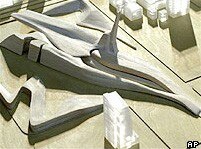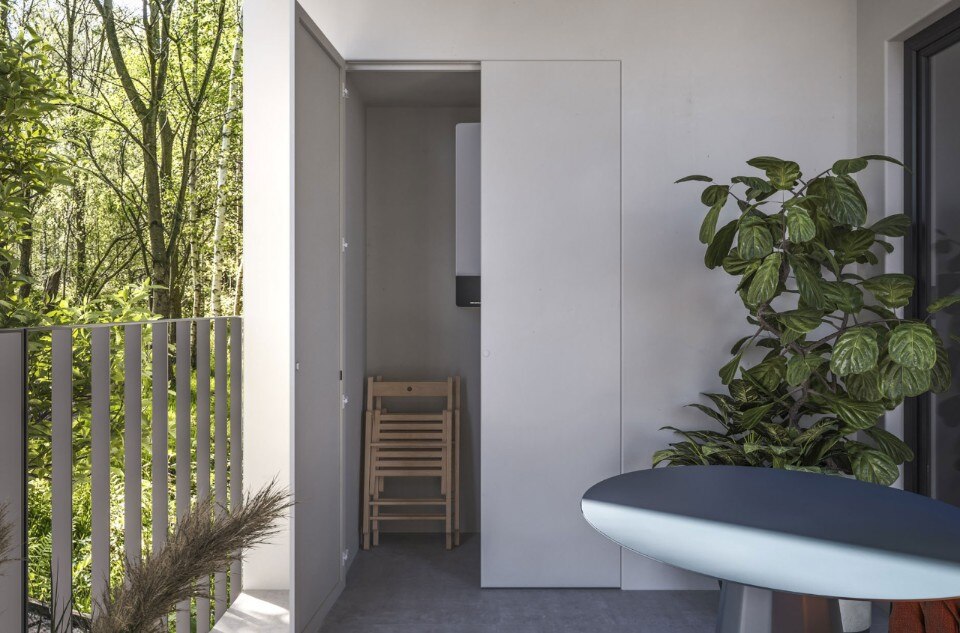According to needs, different sections of the building can be moved – the entire west wing (a two storey structure with a base covering 3583 square metres) can be moved in three different positions thanks to a revolving mechanism or sophisticated system of air cushions, whilst the eastern part (which is made up of a 440 square metre platform) can be raised up between first and second floor via a giant lift. The Guggenheim Foundation is currently carrying out a feasibility study for which the consultants McKinsey have been appointed.
For its part, Taiwan has some comforting statistics, over a million visitors a year crowd the three main museums and according to McKinsey this would be enough to guarantee the success of a large international museum. The ‘verdict’ should be given by August. If it receives the go-ahead, the new museum will make up part of the Guggenheim partnership that already includes the Hermitage in St Petersburg and the Kunsthistorisches Museum in Vienna. What is more, the project should make up part of a new ambitious complex that includes an opera house designed by Jean Nouvel and the new Taichung city hall designed by Frank Gehry.
Related articles:
Taiwan dreams of a Guggenheim all of its own, (News, 7.7.2003)

Do you know how a food disposer works?
60% of American kitchens have one, and food waste disposers are becoming increasingly popular in Italy as well. But what exactly are they, and how do they work?




